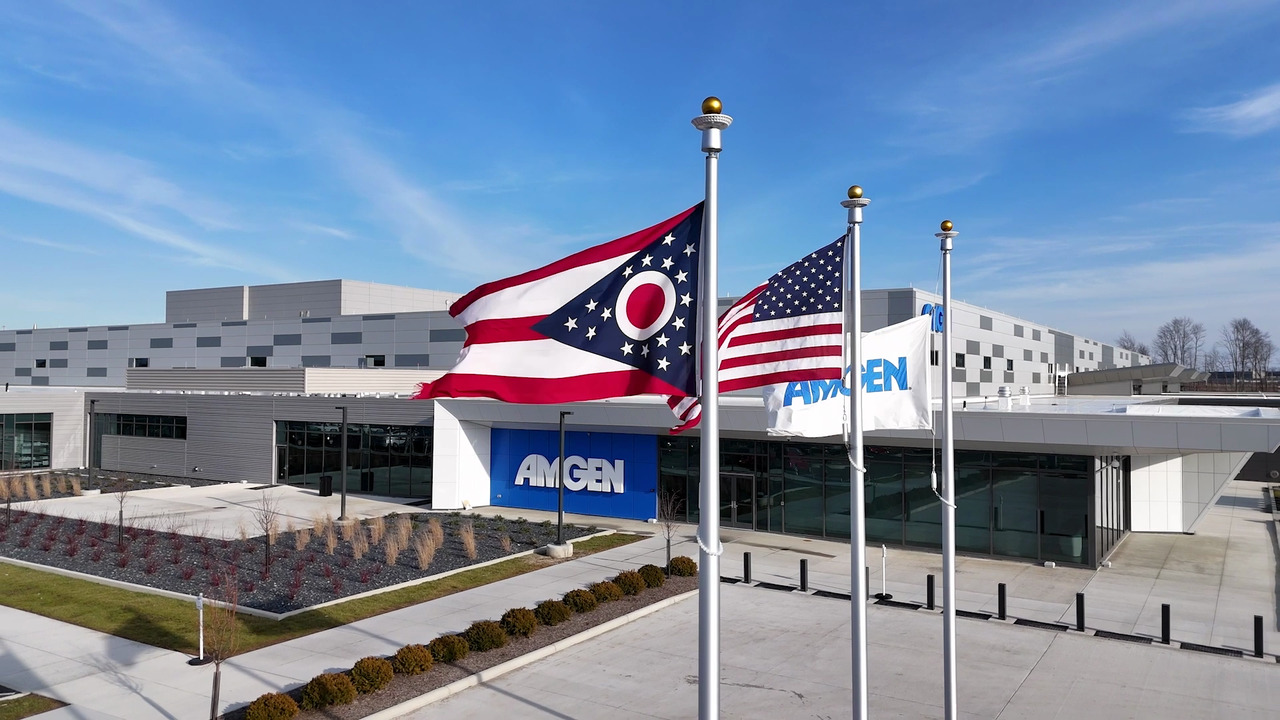Amgen revealed further findings from the Phase 3 registrational MINT study, which assessed the safety and effectiveness of UPLIZNA® (inebilizumab-cdon) in adults with gMG. Following an initial loading dosage, the results showed that UPLIZNA was effective for a long time in treating patients with acetylcholine receptor autoantibody-positive (AChR+) gMG when administered twice a year. At the American Academy of Neurology (AAN) Annual Meeting in San Diego on April 8, 2025, the findings will be given as a late-breaking oral address.
Myasthenia Gravis Foundation of America (MGFA) classification of II, III, or IV disease, an MG-ADL score between 6 and 10 with more than 50% of this score attributable to non-ocular items, an MG-ADL score of at least 11, a QMG score of at least 11, and the use of a corticosteroid and/or non-steroidal immunosuppressant were among the eligibility requirements at screening and randomization.
The trial achieved its primary endpoint, as previously revealed at the 2024 American Association of Neuromuscular & Electrodiagnostic Medicine Annual Meeting. At Week 26, the combined study population’s MG-ADL score changed statistically significantly from baseline for UPLIZNA (-4.2) compared to placebo (-2.2) (difference: –1.9, p<0.0001).
The 52-week MINT trial results highlight the potential for a new standard of care in gMG, offering durable symptom relief with a simplified treatment regimen,
These findings reinforce UPLIZNA’s ability to provide sustained symptom relief with just two doses per year an important advancement for patients living with generalized myasthenia gravis—while underscoring our commitment to developing transformative therapies for people facing complex autoimmune diseases.
Jay Bradne
At Week 52, individuals in the UPLIZNA group experienced a higher change from baseline in their Quantitative Myasthenia Gravis (QMG) score than those in the placebo group (adjusted difference, −4.3, 95% CI, −5.9 to −2.8). In contrast to 41.8% in the placebo group, 69.2% of the AChR+ patients in the UPLIZNA group saw an improvement of at least three points in their QMG score. One
The first and only biologic Phase 3 trial to include a corticosteroid taper in its protocol was MINT. Beginning in Week 4, patients who started the study on corticosteroids were gradually reduced to 5 mg of prednisone daily by Week 24.
I’m looking forward to further examining the 52-week MINT data with my colleagues in the neurology community at AAN,
These results showed that UPLIZNA consistently relieved burdensome symptoms and improved activities of daily living for gMG patients.
Richard J. Nowak
There were no new warning signs found. The known safety profile for the approved indication (NMOSD) is in line with the overall TEAE profile over the trial period. Urinary tract infections, nasopharyngitis, and responses associated to infusion were the most frequent side events.
With a PDUFA date of April 3, 2025, UPLIZNA is undergoing priority FDA assessment for the treatment of immunoglobulin G4-related illness (IgG4-RD) and is currently approved for the treatment of adult patients with anti-aquaporin-4 (AQP4) antibody positive neuromyelitis optica spectrum disorder (NMOSD). UPLIZNA has been designated as an Orphan Drug by the FDA to treat gMG. The submission is expected to be finished in H1 2025, and regulatory filing processes are currently in progress.
MINT Trial
The MINT trial (NCT04524273) is a parallel-group, randomized, double-blind, placebo-controlled study that assesses the safety and effectiveness of UPLIZNA in adults with gMG. 238 individuals with gMG were recruited for the experiment, comprising 48 patients with muscle-specific kinase autoantibody-positive (MuSK+) and 190 patients with acetylcholine receptor autoantibody-positive (AChR+).
Change from baseline in the combined population’s MG-ADL score at Week 26 was the main outcome. Change from baseline in MG-ADL score at Week 26 for the AChR+ cohort and separately the MuSK+ cohort; change from baseline in QMG score at Week 26 for the AChR+ cohort and separately the MuSK+ cohort; and change from baseline in QMG scores in the combined study population were important secondary endpoints. From Week 4 to Week 24, patients who started the study on a corticosteroid were gradually reduced to 5 mg of prednisone daily. Additionally, there is an optional three-year open-label treatment period in the MINT experiment.
Source: Amgen
Last Modified:






